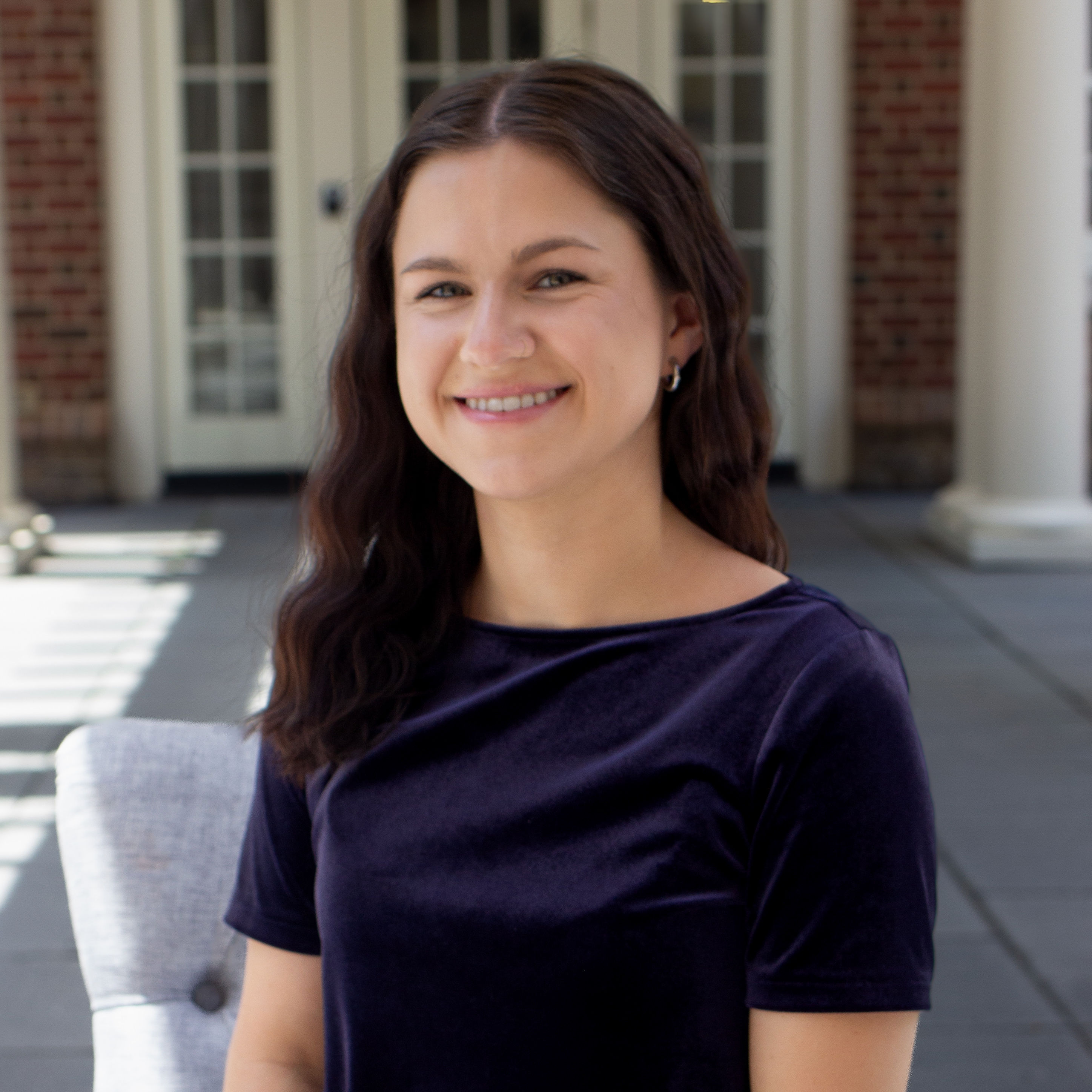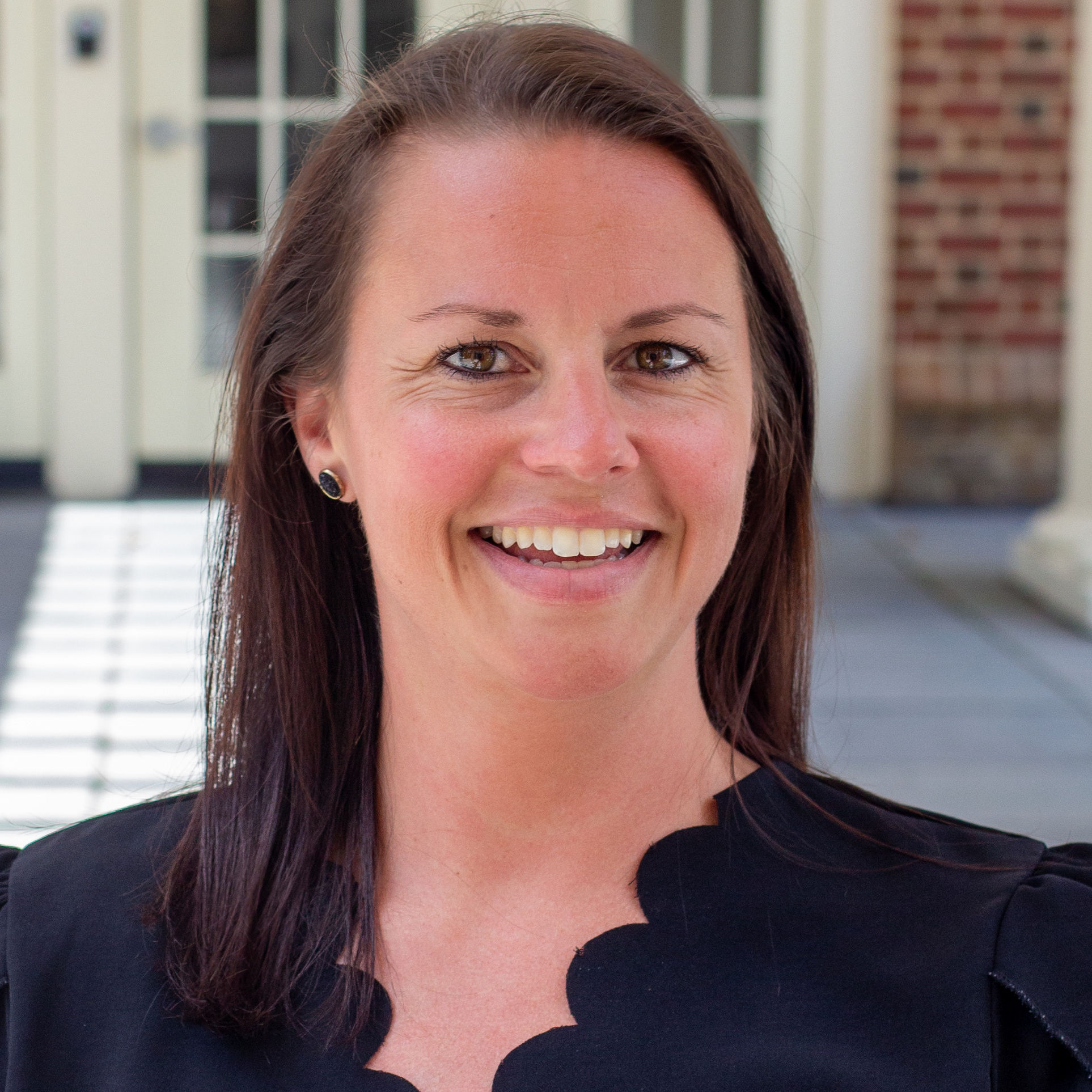
Mission & History
The Inclusivity Institute is committed to creating sustainable, upstream solutions that combat systemic housing and economic barriers which continue to disproportionately harm Black and Brown households.
Informed by critical insights through client engagement and persistent gaps in access to stability and mobility for low-to-moderate income households, we seek to innovate programs that foster more inclusive and equitable communities.
Our Approach
The Inclusivity Institute, formed in 2019, is a small, but growing non-profit based in Central Indiana. We were founded to create upstream solutions aimed at addressing critical gaps in housing stability, housing mobility, and financial opportunity that perpetuate systemic racial disparities. Our initiatives are designed to add to the impactful work that community partners and non-profits are already carrying out. We receive input from community organizations in developing our models rather than duplicating existing services.
Staff
Letter from our Chairman
Bruce A. Cordingley
November 1, 2019
The Inclusivity Institute
Dear Friend,
Why did we create an “Inclusivity” Institute? And what do we hope it will accomplish? As Chair of this new enterprise, let me share some thoughts about these two questions. Over my lifetime, I have seen the United States make progress toward becoming a more tolerant and inclusive society. I see the beginning of new conversations on race, gender and sexuality that are shining a light on the issues we still face. Progress continues, and I am hopeful. In my view, many Americans – and nearly all of the business leaders with whom I have personally come into contact—not only accept that equality of opportunity for all is the correct way to proceed but that a more inclusive society will also increase their access to talent and customers. As a result inclusive communities are a competitive necessity for any business or community that wants to succeed.
Since 1986, I have led organizations in the development of over twenty thousand units of new housing that is, by design, affordable and as a result leads to more economically integrated communities. The communities we help to create “work”; our residents express satisfaction with their housing and neighbors, and during that time all of our developments have been successful. But over that same period, income inequality in America has generally increased. Social scientists tell us that since 2000 most metropolitan areas have become more economically segregated. We also know that, despite fair housing laws, most urban areas remain highly racially segregated. It has long been clear to me that the persistence of racial segregation was not simply, or even primarily, a matter of bad behavior by landlords or home sellers, but has also been as a result of actions or inactions of our local, state and federal governments.
Since my career has been, in a way, about building inclusive communities, I decided in 2018 to learn more about what was behind racial segregation in all housing markets. Several good books on the subject have come out in recent years, and I started reading them and corresponding with some of their authors. I’ve concluded a few key things. First, lowering residential segregation seems to be the best way of tackling other types of inequality, such as racial disparities in education, jobs, and health. Second, lowering residential segregation is likely to make us a more unified society. In an era where some seek to divide us, it is important to do constructive things that bring us together. Third, I think that some of the things we can do to lower residential segregation do not require government programs. In fact, we can lower segregation by reducing “bad” regulations such as local land use barriers and market inefficiencies that hinder aspiring homeowners from obtaining low-cost mortgages for which they qualify. And fourth with those inefficiencies in mind, some of the local governments and local communities that I have worked with have shown that they care deeply about providing fair and affordable housing and have gone to great lengths to support our developments. On a national scale, there are metropolitan areas that have become somewhat integrated over the past few decades, and those areas are experiencing continuing drops in segregation. In essence, although segregation remains a critical problem, solutions do exist to create inclusive and flourishing communities.
My fellow board and staff members each have their own vision, but I think the ideas I’ve described are ones we largely share. The Inclusivity Institute will focus largely on the problem of housing segregation – both economic and racial. We will develop and deploy strategies that are smart and efficient in their substance and details, and common-sensical in their basic motivation. We are somewhat unique in that we have brought together people who understand markets with top research scholars as well as planners, community activists, developers and bankers, thus combining the types of expertise and backgrounds that should increase our chances for success.
And we are, of course, inclusive—which means that we welcome the interest, involvement, and assistance of readers of this site and the public at large.
Best regards,

Bruce A. Cordingley
Chair, The Inclusivity Institute




.jpeg)












